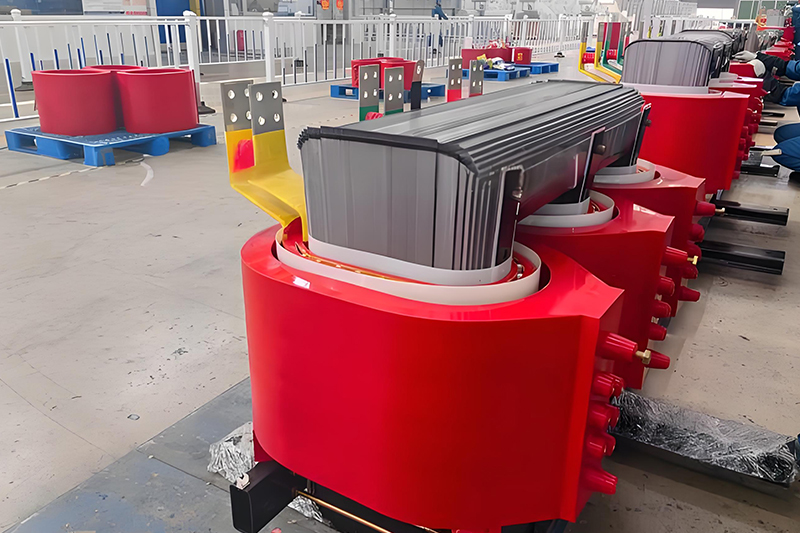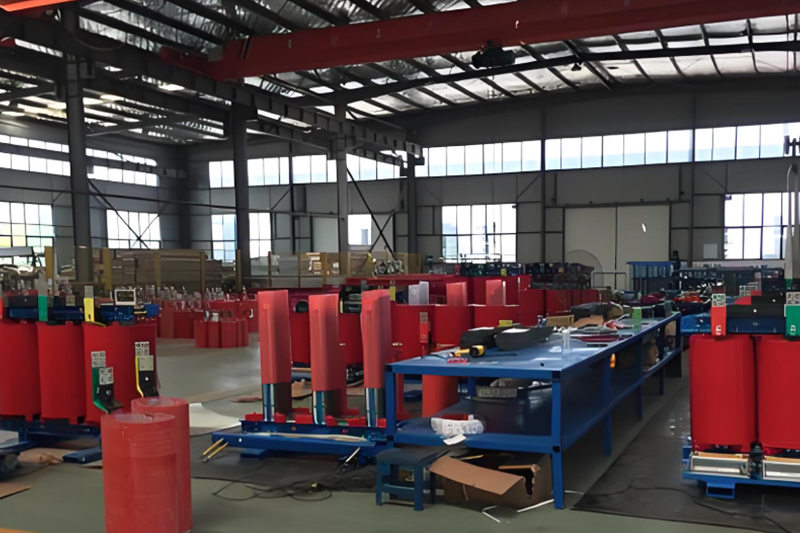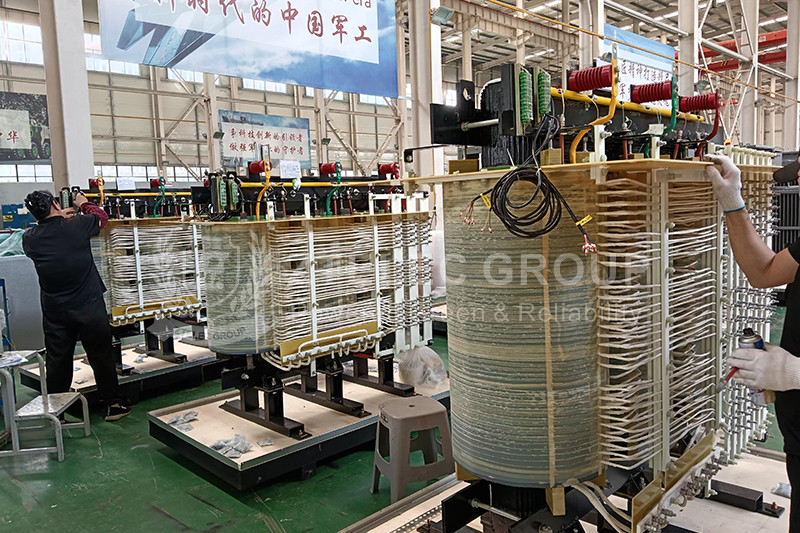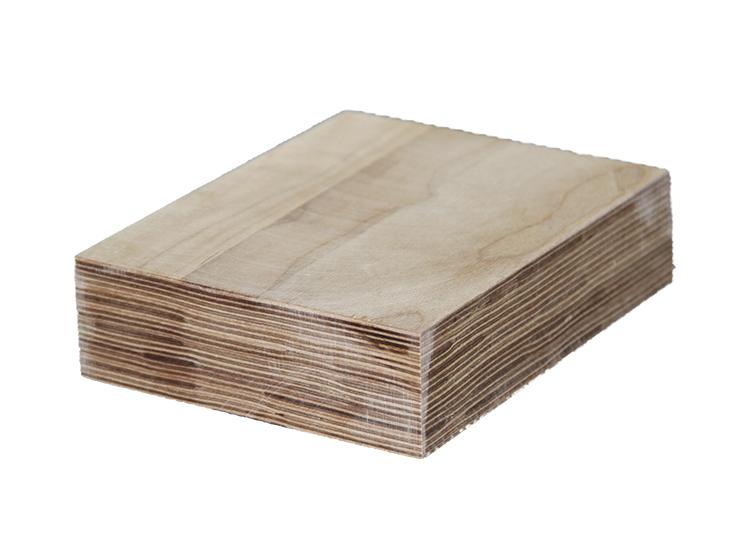Do 10kV Dry-Type Transformers of Different Capacities Have Big Price Differences?
In power distribution projects, 10kV dry-type transformers are widely used in factories, schools, hospitals, commercial complexes, and more. One common concern among buyers is: Does transformer capacity significantly affect the price? The short answer is yes. This article offers a full analysis of the relationship between capacity and price, including key influencing factors to help you make a cost-effective purchasing decision.

Price Gap Example: Real-World Comparison
For reference, a standard SCB13 800kVA dry-type transformer is priced around ¥83,000, while a 1250kVA all-copper transformer can cost up to ¥135,000. In contrast, a 100kVA dry-type transformer is much cheaper than a 500kVA model from the same series.
Transformer Price by Capacity Range
Small Capacity (100–315kVA)
These transformers are suitable for small residential and commercial applications. They use fewer raw materials and have simpler designs, making them cost-effective. A 100kVA transformer may cost only several thousand yuan, ideal for budget-sensitive small projects.
Medium Capacity (400–1000kVA)
Used in public facilities, medium factories, and office buildings, these transformers have noticeably higher material costs and design complexity. For example, a 500kVA dry-type transformer typically costs between ¥50,000–¥65,000, depending on the brand and energy efficiency class (e.g., SCB13, SCB14).
Large Capacity (1250kVA and above)
These are built for high-demand applications like data centers, hospitals, and industrial parks. Due to advanced insulation, cooling systems, and higher material volume, prices easily exceed ¥200,000 for models like 1600kVA or 2000kVA. Premium versions from well-known brands can be even more expensive.
Other Factors That Affect Transformer Pricing
Voltage Level
Higher voltage ratings (such as 35kV/10kV compared to 10kV/0.4kV) require enhanced insulation and more complex design, which typically increases the price by 15%–30%.
Winding Material
Transformers using copper windings offer better conductivity and lower loss compared to aluminum. However, they cost about 30%–50% more, significantly raising the final price for all-copper models.
Core Material
High-performance silicon steel or amorphous alloy cores improve energy efficiency and reduce iron losses, but add 10%–20% to the production cost.
Brand and Certification
Brands like Shunna, TBEA, and other reputable manufacturers charge 20%–40% more than smaller brands due to R&D investment, better quality control, and higher certification standards.
Market Supply and Raw Material Fluctuation
When copper or silicon steel prices increase, transformer costs rise accordingly. A 10% increase in copper price may cause a 5%–8% price hike in transformer units. Market demand also plays a role—strong demand drives prices up, while oversupply may cause price drops.
Why Large Transformers Cost Significantly More
Cost Driven by Raw Materials
A 2000kVA transformer requires roughly four times the copper used in a 500kVA unit. Larger cores and enclosures further increase the cost of materials and labor.
Technical Complexity
High-capacity transformers often require forced air cooling systems and F-class or H-class insulation to ensure heat dissipation and voltage endurance. Advanced design and rigorous testing result in additional technical costs.
Premium for Application Scenarios
Transformers for mission-critical systems such as data centers or hospital ORs must ensure uninterrupted operation. These products often include redundancy designs, temperature sensors, and smart monitoring—contributing to higher costs and premium pricing.
Understanding the True Cost Structure
While transformer capacity is the main factor influencing price, it is not the only one. Voltage level, material selection, brand reputation, technical design, and market conditions all play important roles. Customers should weigh these elements based on their specific power requirements and budget.
Pro tip: Choosing the right transformer means balancing price, performance, and reliability. For long-term savings and stable operation, investing in a high-efficiency model with certified quality can be the smart choice.
- more+releated article
- 2025-10-21Application of K Factor Transformer
- 2025-10-21Detailed explanation about transformer model w
- 2025-10-2010kV Oil-Immersed Transformer Safety: Lightnin
- 2025-10-20What are The Advantages of Phenolic Cotton Clo
- 2025-10-17Are Three-Phase Isolation Dry-Type Transformer
- 2025-10-17G10 Epoxy Sheet: Choosing the Right Specificat
- 2025-10-1610kV Oil-Immersed Transformer Operation Inspec
- 2025-10-163240-B Epoxy Phenolic Glass Fiber Cloth Lamina
- 2025-10-15G10 Epoxy Sheet: The Preferred Insulation Mate
- 2025-10-15Analysis of Energy-Saving and Noise Control Te






